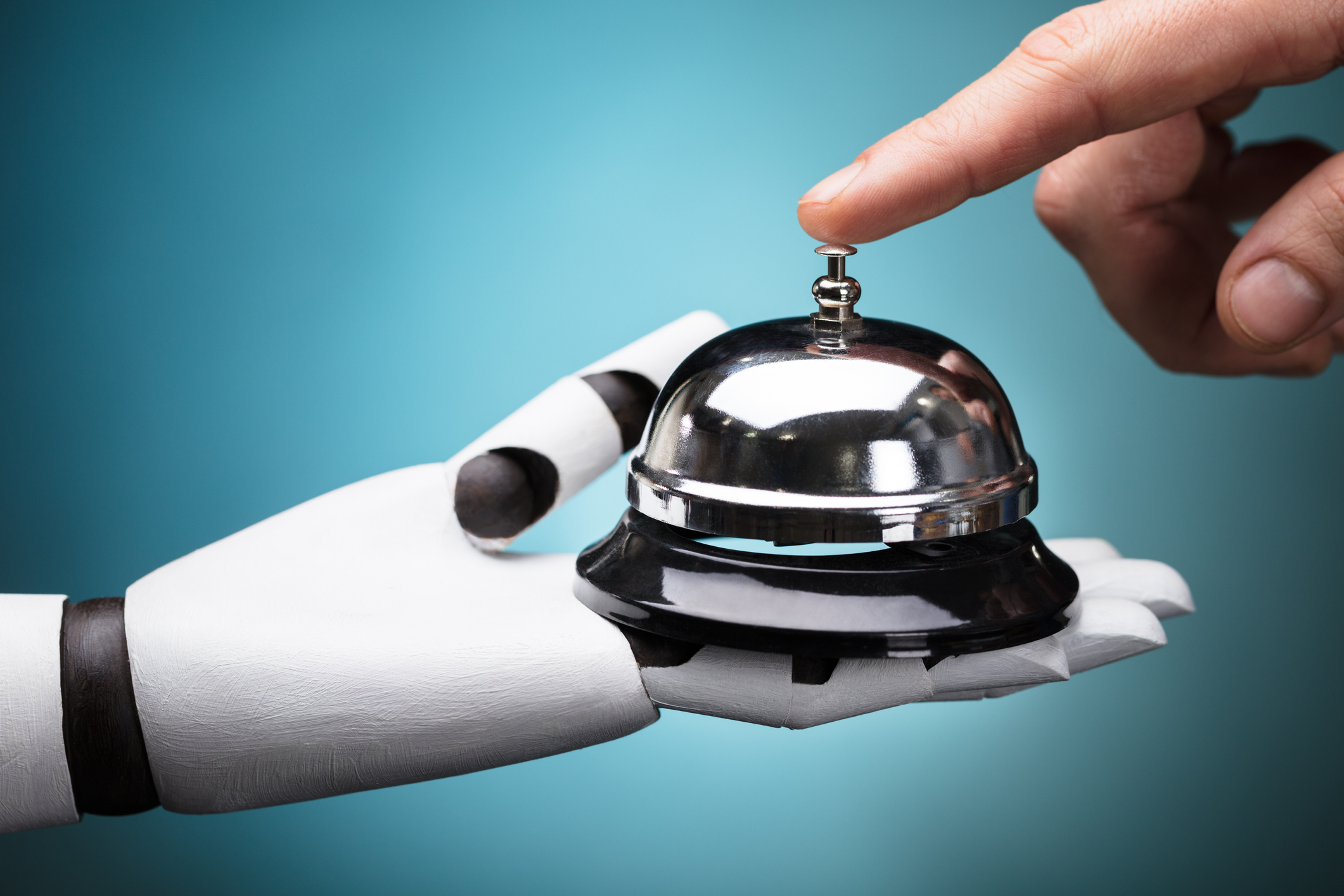How Fast-Food Restaurants Can Use AI for Better Customer Service

Artificial intelligence (AI) technologies are growing at a rapid rate. These impressive technologies can work with your employees to greatly enhance the overall customer experience – especially in the quick-service restaurant industry. This can be a huge help to restaurant owners who are facing a labor shortage. In recent years, fast-food jobs have increased by nearly twice the rate of the overall job market, but the labor pool is shrinking. Additionally, the notoriously high turnover rate in the fast-food industry is now at a record level of almost 150%. Using AI technologies and analytics can reduce operational costs, increase efficiency, increase revenue, and improve customer service without additional strains on employees.
What is AI? – Artificial intelligence (AI) refers to computer programs and technologies that can learn and perform tasks that traditionally required human oversight. Machine learning is an application of AI and can learn from existing data and perform specific tasks (like taking orders) without being given explicit instructions. By using statistical models and algorithms, the computer learns from each interaction and becomes better and more efficient at its tasks.
AI can take mindless, repetitive tasks from employees, allowing them to focus more on customer interaction. These technologies are revolutionizing the fast-food experience by offering the following benefits:
More Accurate Ordering – Many fast-food and quick-service chains, like McDonald’s and Panera, have installed touch-screen kiosks to supplement regular cashiers. These kiosks enable faster speed-of-service during rush hours and can reduce labor costs by taking some of the load off the cashiers. Not only do these kiosks take more accurate orders than their human counterparts, but customers tend to order more food when using the machines.
Faster Drive-Thru Experience – The drive-thru is a serious convenience for many consumers in a hurry, but it is not without its drawbacks. Fast-food chains are always on the lookout for ways to improve communication while retaining speed and efficiency. Unfortunately, when these communication challenges result in incorrect orders, the whole process stalls and significantly slows down the service speed. With AI, digital customer service assistants can be programmed to hear and understand orders, know every menu item, and even check inventory levels. They can also answer questions about nutritional info or ingredients and eventually will be able to speak in multiple languages to accommodate a larger demographic of customers.
Better Customer Intelligence – Perhaps one of the greatest benefits of utilizing AI in a restaurant is that it will collect valuable, actionable data and insights that will help brands better understand and serve their customers. Restaurant owners and operators will also be able to use predictive analytics and sales forecasting methods to accurately plan for the future. AI and machine learning can help identify data patterns to create more targeted marketing campaigns, better understand the customer experience, and improve menu planning and pricing.
These technologies will not replace the need for greeters, servers, cooks, managers, and cashiers, but they can reduce the workload for staff while providing a better customer experience. AI, machine learning, and other forms of automation do not call in sick, take vacation days, or feel burnt out. Customers are happier when they quickly get exactly what they ordered.
